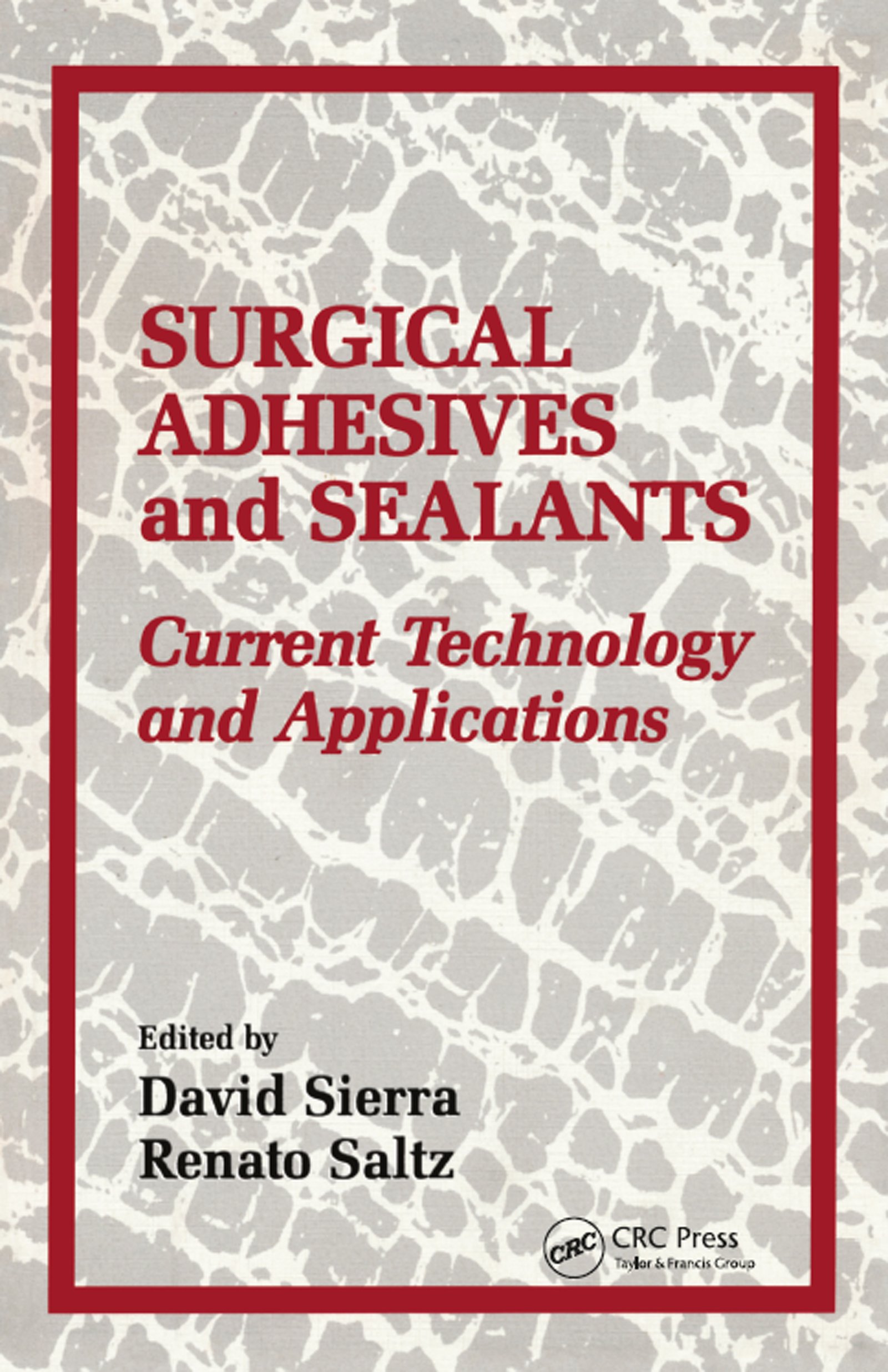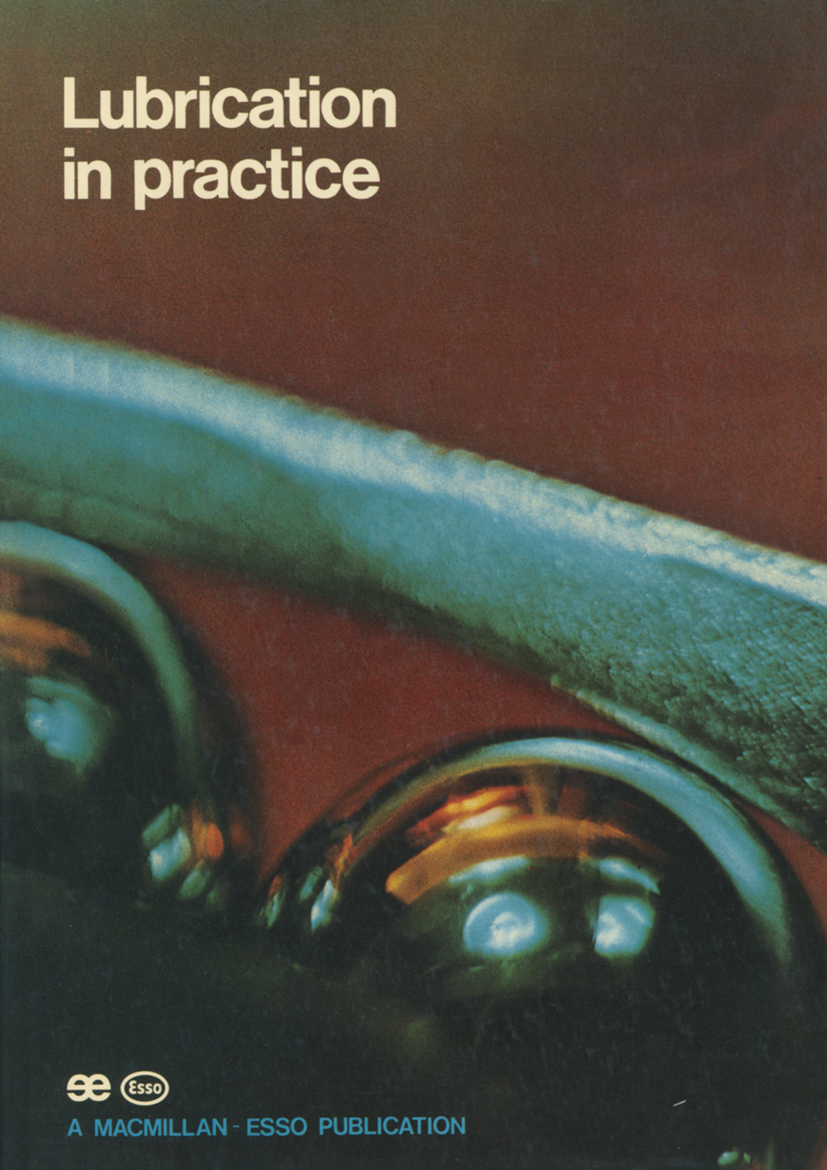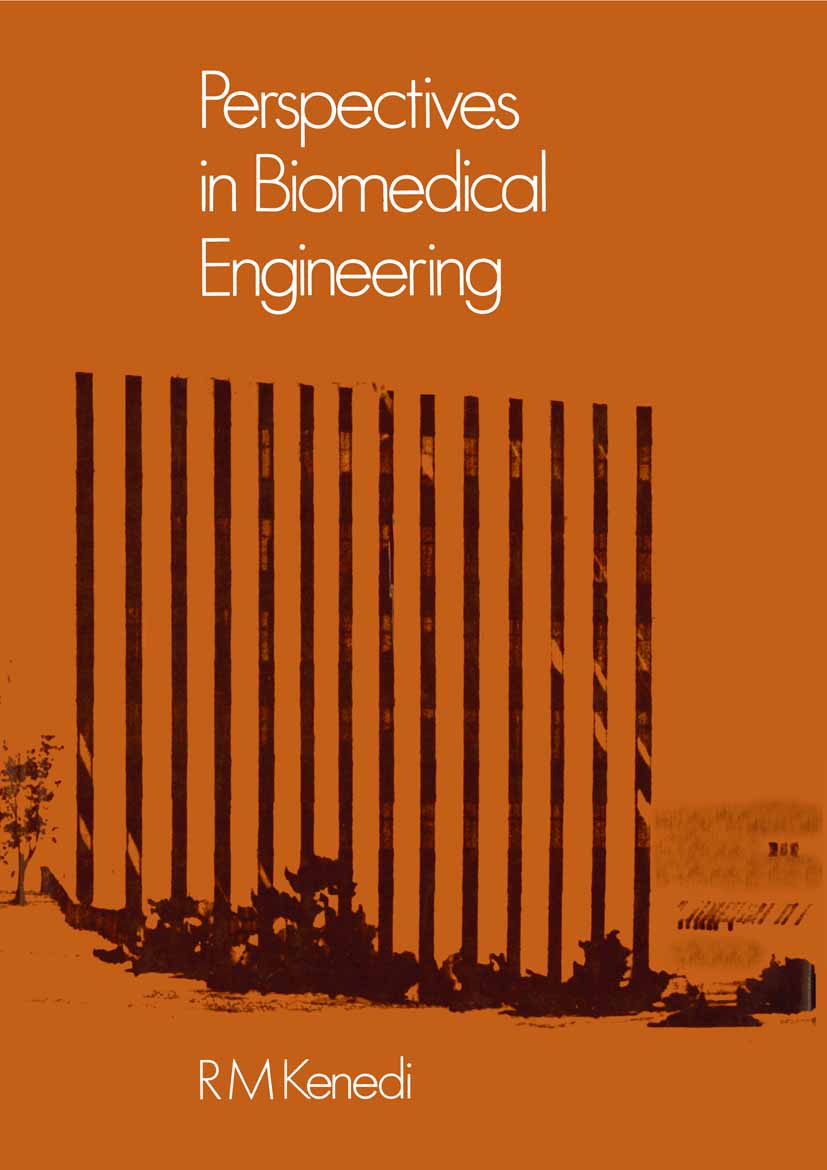Surgical Adhesives & Sealants
Surgical Adhesives & Sealants
Surgical tissue adhesives are an ancient idea, going back to the beginnings of recorded history. The concept of adhering, rather than suturing, packing, or stapling planes of tissue is attractive, in that it is fast-acting and assures complete closur...
Read more
Surgical tissue adhesives are an ancient idea, going back to the beginnings of recorded history. The concept of adhering, rather than suturing, packing, or stapling planes of tissue is attractive, in that it is fast-acting and assures complete closure. Numerous technologies have been tried; some with limited success, others outright failures. In short, the perfect adhesive does not exist. Limitations occur in a number of areas: strength, toxicity, degradation, and safety. It is also important to keep in mind that "one size fits all" does not apply to adhesives in surgical applications any more than it does in day-to-day application. As one would not use paper glue to seal a bathtub, one would presumably not apply an adhesive onto tendons, which is suitable for sealing corneas. The properties required of an adhesive for each indication are quite different. Over the last twenty-five years, advances have been made in a wide range of technologies targeting some embodiment of a practical and safe adhesive. Foremost and successful among these are cyanoacrylates, marine adhesive proteins, and fibrin-based sealants. Another promising adhesive technology is laser solders, a mixture of polypeptides and proteoglycans, which integrates with the repair site when laser energy is applied. In light of these advances in the field, the Symposium for Surgical Tissue Adhesives was organized and held at the Atlanta Hyatt from October 8-10, 1993. The goal was to bring together these far-flung technologies in a comprehensive and cohesive manner. Presentations by investigators from around the world described the history of adhesives in medicine, current technologies, laboratory characterizations, and application developments, as well as regulatory aspects and clinical applications. We felt that as many viewpoints as possible, however conflicting, were important to present in order to give the most complete picture of the state of the art of surgical adhesives.
Less



























.jpg)

